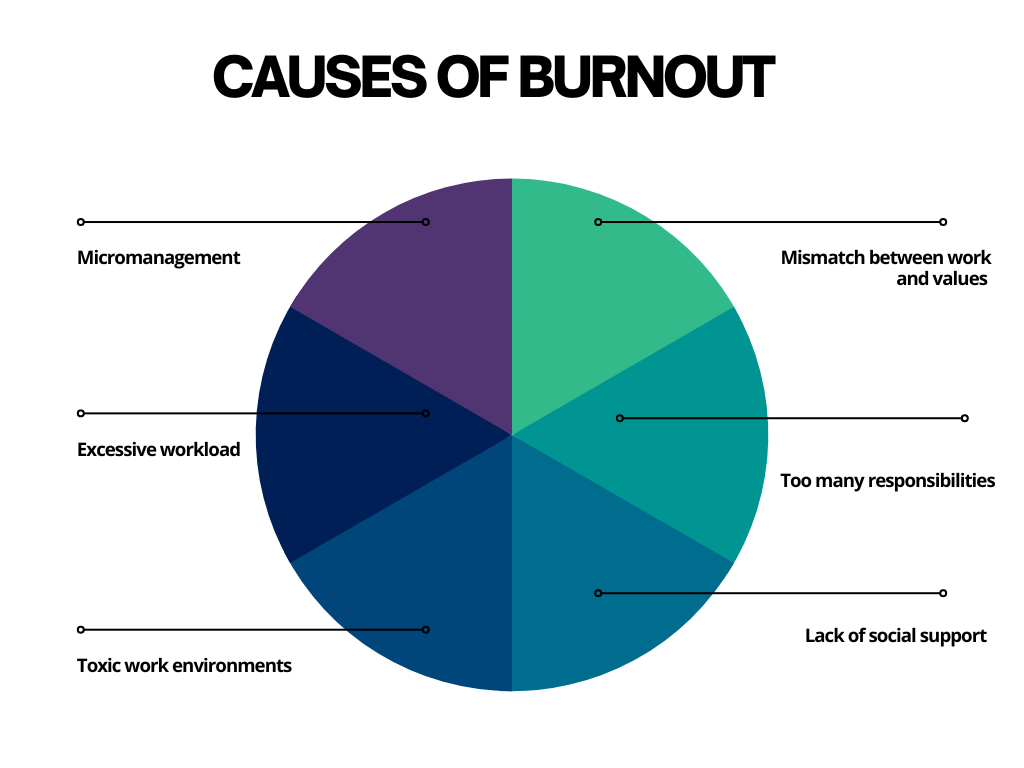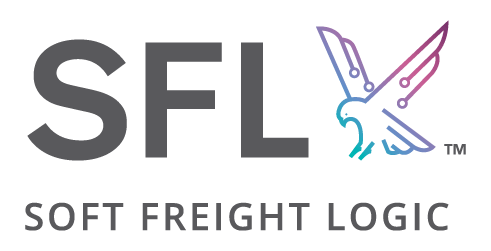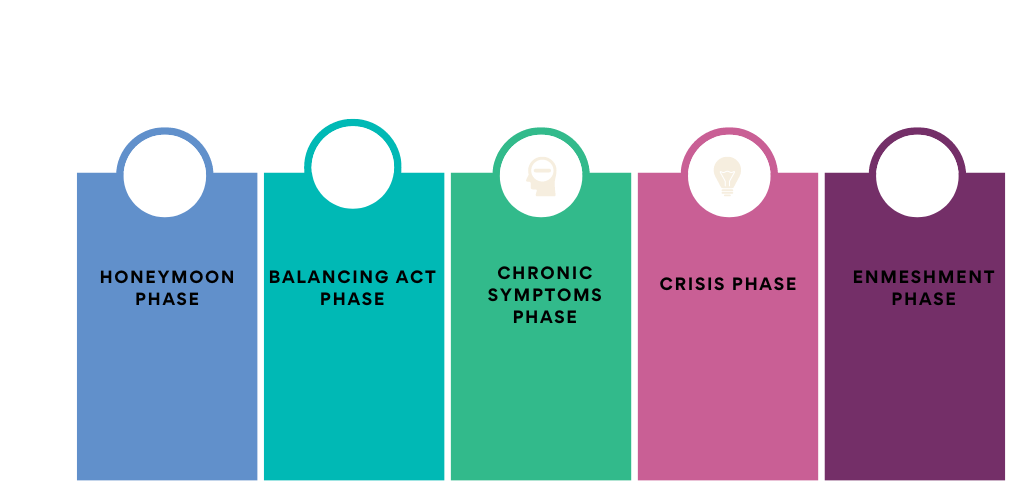Employee burnout is affecting more and more people. It is a key reason for the loss of productivity and employee churn across industries, including logistics and freight forwarding.
The issue has become severe enough for The WHO to recognize it as an occupational concern. 3 in 5 of all US workers now report symptoms of burnout.
Worker burnout will become a serious issue for logistics leaders as searching for and retaining talent becomes a key priority. According to research by LinkedIn, supply chain managers have been leaving jobs 28% more in 2021, compared to 2020. Burnout is a key reason for these departures.
Company culture, workloads, and leadership are key reasons why people become exhausted and look for better options. Learning about employee burnout and doing what you can do to address it is a skill for leaders in logistics to learn in the future of work.
Signs and phases of burnout
The concept of burnout was first extensively researched and discussed by Herbert J. Freudenberger, a German-American psychologist. He presented his ideas as a 12- phase model in 1974. According to Freudenberger, burnout can be defined as,
“becoming exhausted by making excessive demands on energy, strength, or resources”.
Other scientists after him developed his ideas and developed other models. The 5-phase model is commonly used to describe the phases of burnout.

The 5 phases of burnout
Burnout is a gradual process. Employees start off doing well, and then their performance and well-being worsen.
- Honeymoon phase: Employees are doing great with high energy and productivity. Stress levels are ordinary as all work has some associated stress. Theoretically, people can stay in this phase forever if they develop healthy coping mechanisms. In practice, this rarely happens.
- Balancing Act phase: Job satisfaction goes down. Tiredness, often accompanied by muscle fatigue takes over employees. They start forgetting things at work and get slower. Sleep patterns get disrupted. Escapist activities like drinking alcohol, smoking, and eating junk food increase.
- Chronic Symptoms phase: The symptoms in the Balancing Act phase get worse. Employees can develop chronic exhaustion and illness due to stress. They may become angry or depressed all the time due to burnout at this stage.
- Crisis phase: Employees obsess about work issues and their physical health issues worsen. They can become filled with self-doubt and pessimism. Escapist activities increase and worsen.
- Enmeshment phase: The employee’s life is affected by burnout symptoms to such a level that they are much more likely to get labeled or diagnosedwith some other significant physical or emotional issue at this point, rather than burnout.
As explained in the model, burnout creeps in slowly and can debilitate employees who were previously satisfied and productive. However, it is possible to detect burnout early if one pays attention to symptoms early on. Psychologists divide the symptoms of burnout into three categories.
Physical signs of burnout
- Chronic tiredness and fatigue
- Frequent illness
- Frequent muscle pains, backaches, headaches, and such
- Changes in appetite or sleep patterns
Emotional signs of burnout
- Persistent sense of failure and chronic self-doubt
- Loss of motivation and satisfaction levels
- Feeling defeated and alone
- Feeling cynical and bitter
Behavioural signs of burnout
- Struggling to complete work on time
- Losing track of tasks and time
- Procrastinating more
- Isolating oneself from others
- Coping mechanisms like drinking, smoking, drug use, and eating junk food
Why do employees burnout
Employees can burnout for work-related and non-work related reasons. Non-work related or personal reasons can include lack of social support, poor self-care, and juggling too many responsibilities.
Work-related causes of burnout are often outside the control of employees. This is where leaders can step in to make sure their company is optimised for employee wellbeing.

The common work-related causes of burnout are,
1) Excessive workload
Nearly 41% of employees work more than 45 hours. Employees may overwork either because their managers force them to, or because they feel they have to. The first is a sign of a toxic workplace and bad leadership. The second can be caused by a lack of focus, guilt, or ambition from the employees.
Either way, working long hours does not equal being productive. It can also create severe health problems – including burnout. According to research by International Labour Organization (ILO), long working hours can increase the risk of death by heart disease and stroke.
At SFL, we review our productivity tools regularly to identify any employees exceeding their work hours. This allows the organisation to expand staff where necessary, reducing excessive workloads and burnout among employees.
2) Micromanagement
According to Gartner, micromanagement is,
“a pattern of manager behavior marked by excessive supervision and control of employees’ work and processes, as well as limited delegation of tasks or decisions to staff.”
While it is harmful and offputting to talent, micromanagement is all too common – 79% of workers say they have worked for a micromanager. There is no one reason why leaders resort to micromanagement. It can be due to a fear of failure, ego, insecurity, inexperience, or a need to feel in control.
Signs of micromanagement can include
- Avoiding delegation
- Watching every move of employees
- Requesting an unreasonable amount of updates and status reports
- Wanting to be CC’d in every email
- Leaving no room for employee initiative or self-direction
Surveillance and rigid control – even if well-intentioned – drains morale and productivity. Micromanagement can cause burnout not just for employees, but for the micromanager as well.
3) Toxic work environments
Research by MIT Sloan indicates that toxic work environments were the key reason behind the Great Resignation – 10 times more important than compensation. Toxic work environments were also the top predictor of attrition, coming before job insecurity and failure to recognise performance.
Telltale signs of an unhealthy workplace include
- Unreasonable expectations from leadership
- A lack of opportunities for growth
- Attitude of entitlement
- Employees left out of the communication loop
- Gossip and backstabbing
- Unfair policies or policies enforced unequally
- Technology getting in the way of getting work done
A workplace that stresses out employees unnecessarily will eventually lead to burnout and exists.
4) A mismatch between work and values
A mismatch between the work someone does and their values will ultimately result in burnout. This can happen when employees chose careers solely based on pay or when they are “career shopping” – usually early in their careers.
Burnout in logistics
The logistics industry has some specific challenges which exacerbate burnout and mental exhaustion issues in workers. They include the lack of autonomy and outdated technology. The industry disruptions caused by Covid-19 have also added to the woes.
A 2020 study in the Netherlands found that the transport and logistics industry is among the industries with the highest levels of mental fatigue and burnout. 70.1% of the logistics employees surveyed complained of low levels of autonomy. As most logistics work includes shift work and having to be on call, this reduces employee autonomy.
The industry in general has also been slow to improve the technology used at work and take advantage of digital transformation. 68% of Canadian logistics companies think their technology is outdated. Even with the challenges presented by Covid-19 and supply chain labour shortages, many logistics companies have been slow to adopt technology like HRTech, which could greatly help with employee burnout.
What to do about employee burnout as a logistics leader
Dealing with employee burnout needs two levels of change in leadership. One is a change in thinking, the other a change in how things are done. The old way of managing people is no longer working and logistics companies that succeed will have a different way of doing things.
Psychologist Dulari Ranasinghe, commented on the qualities leaders need to cultivate if they are to effectively deal with the issue of burnout in the workplace.

“It’s common in organisations to glorify a ‘’hustle’’ mentality but if good work comes at the expense of your mental or physical well-being, then organisations may witness a hike in absenteeism. In order to create a culture that views burnout as a serious issue, change needs to be implemented from the top down.
A culture that promotes open communication, managers leading by example, and cultivating an environment of psychological safety, is key to combating employee burnout. When managers help employees become clear on their top priorities, they can drive performance and reduce burnout.
More importantly, normalize talking about mental health in the organization. As management, creating a culture that talks about burnout and mental health issues help to create a sense of psychological safety.
While it is understandable that managers may find this difficult to do, in the short term, I would suggest managers equip themselves with the foundational skills of empathy, communication, mentoring, and giving/receiving feedback.”
Making shifts of thinking in leadership takes time, but for lasting change it is essential. However, it is much easier to improve your technology. Improving the technology used in your company can eliminate busywork and automate routine tasks. It also helps free up time for leadership, helping them to focus more on the team members and creation of a healthy corporate culture.
Combat burnout in logistics with our suite of technology solutions
A good first step to helping your employees and leadership combat burnout is to implement CargoWise Enterprise ERP with SFL. It automates manual and repetitive tasks in forwarding, finance, warehousing, rates and tariff, etc., freeing up time for your staff to focus on priorities. It also has many other features to help with recruiting, onboarding, sales and marketing, and HR reporting to help your staff.
In addition to CargoWise implementation and automations projects, SFL offers a wide range of products from consultancy, to visibility tools, to data-entry elimination solutions. Our goal is to help logistics businesses digitally elevate and move towards a future where people are productive and satisfied with their work, with exhaustion and burnout at minimal levels.
Book a free discovery call today to find out how our domain experts can help your company get ready for the future of work.






